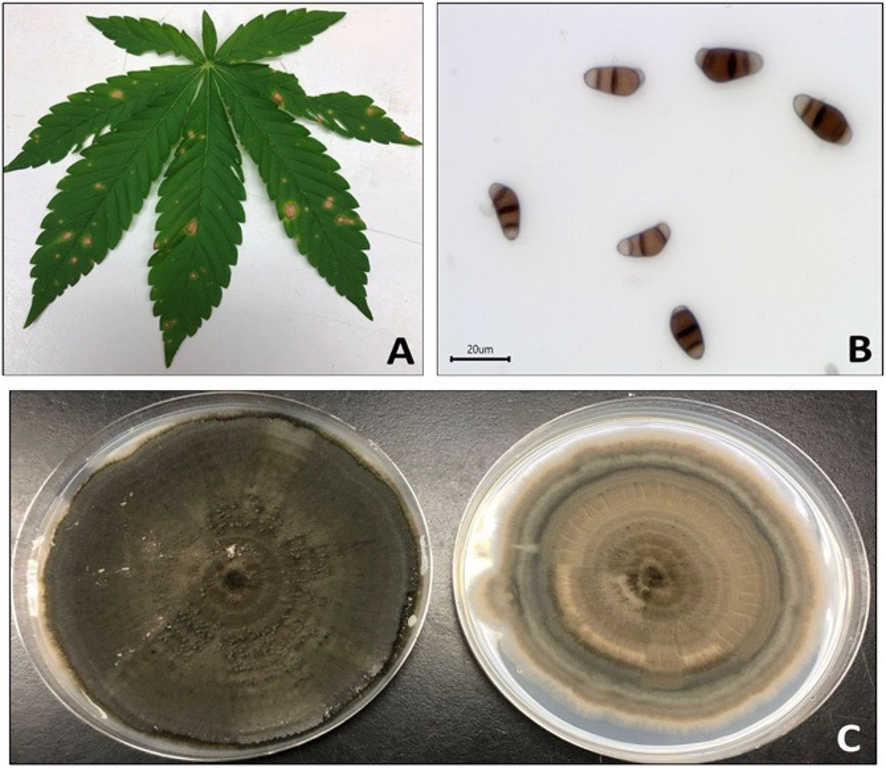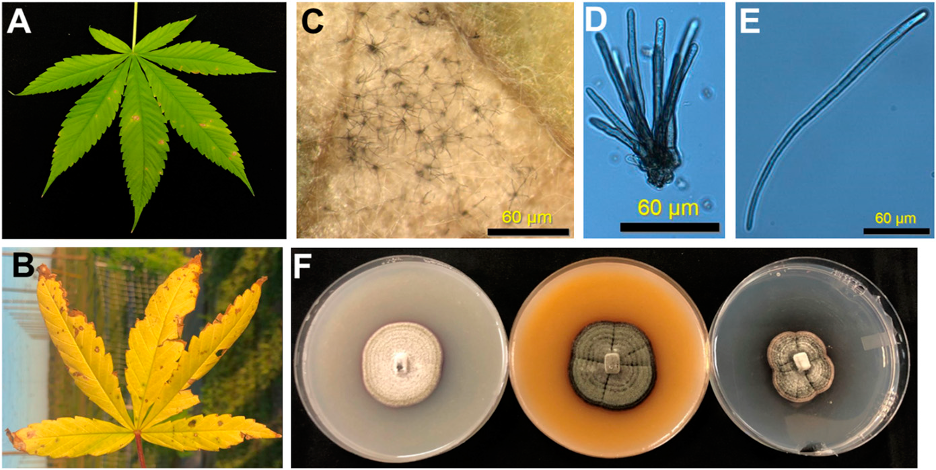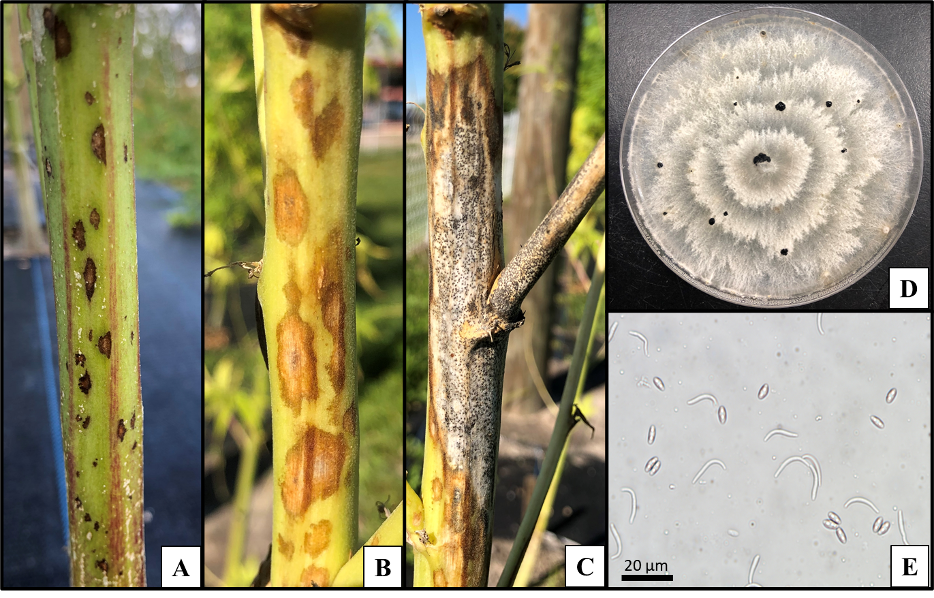A couple of pics of my Ninja crosses which are loving life outside. Very vigorous plants.
They are all about 2 1/2 feet tall right now. Ive got most of them growing in fish totes that hold about 30 gallons of soil with a large striped bass rack buried underneath them. The plants love that decomposing fish.
Ninja Fruit x Prophet.
The immense fan leaves of the Prophet always comes through, no matter what it is crossed with.
Those fan leaves are close to 12 inches across. As you can see, I lopped the top off this one a while back to make it bush out.

Im pretty sure Im seeing balls starting to form on the plant on the left. Chop Chop once confirmed.

Ninja Fruit x (Diablo OG x DMT).
Seeing some female preflowers on this one.

They are all about 2 1/2 feet tall right now. Ive got most of them growing in fish totes that hold about 30 gallons of soil with a large striped bass rack buried underneath them. The plants love that decomposing fish.
Ninja Fruit x Prophet.
The immense fan leaves of the Prophet always comes through, no matter what it is crossed with.
Those fan leaves are close to 12 inches across. As you can see, I lopped the top off this one a while back to make it bush out.
Im pretty sure Im seeing balls starting to form on the plant on the left. Chop Chop once confirmed.
Ninja Fruit x (Diablo OG x DMT).
Seeing some female preflowers on this one.

































